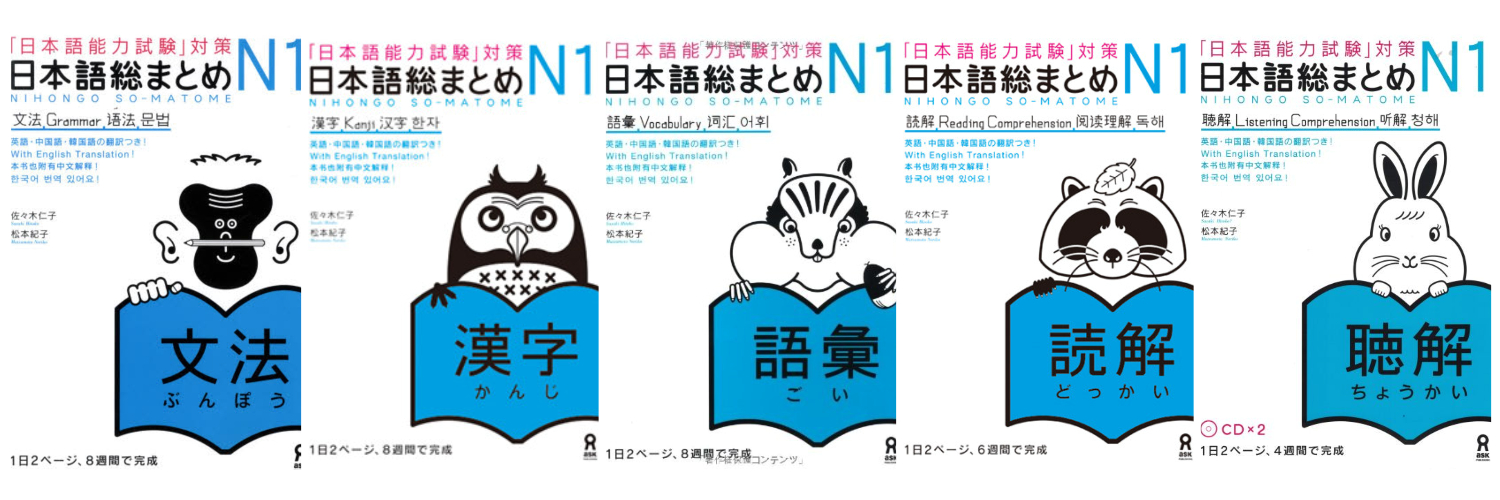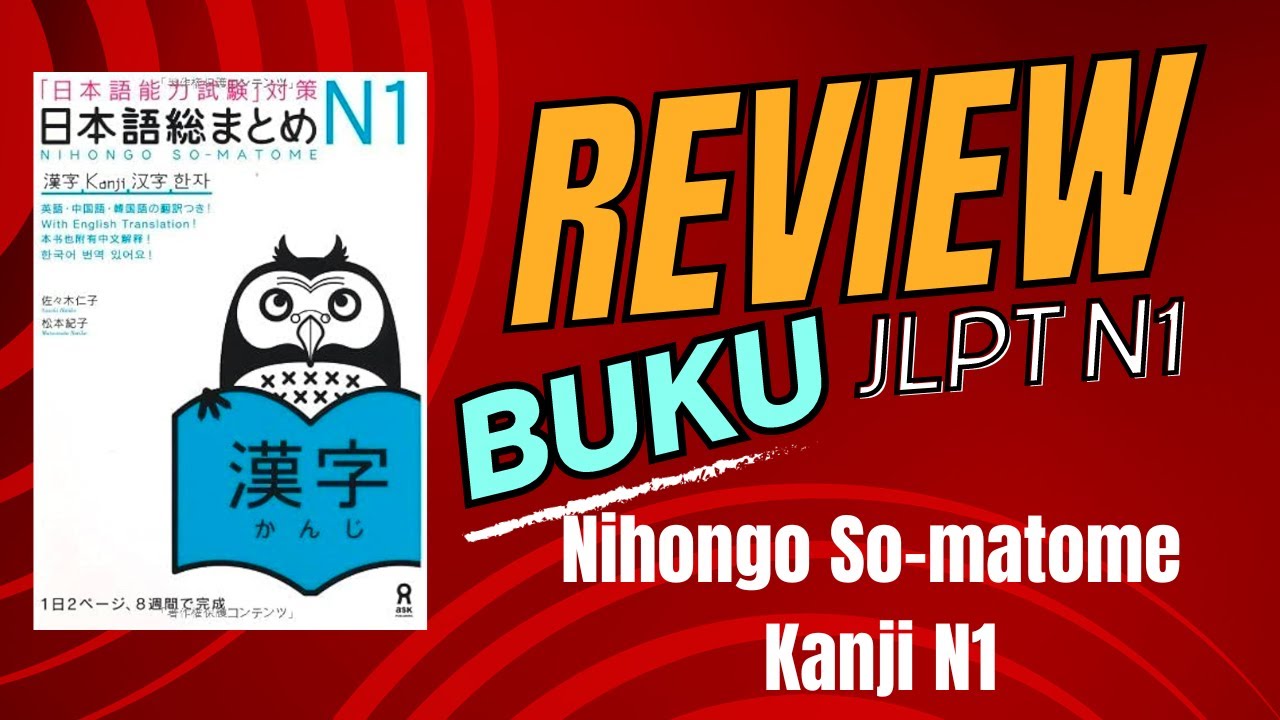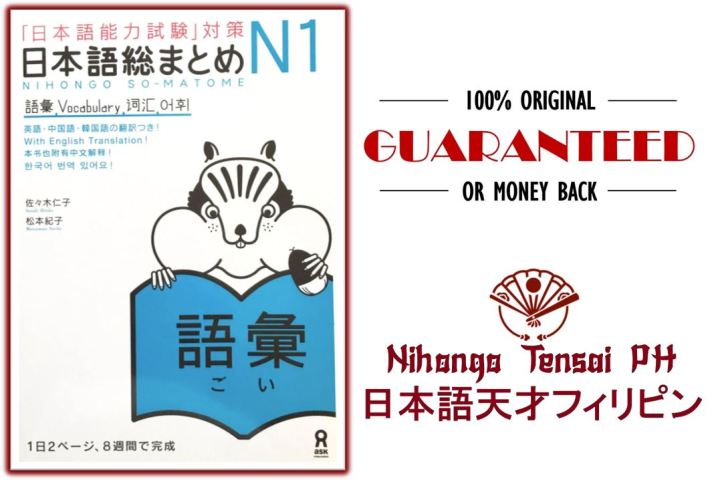Nihongo Sou Matome N1 Goi is a popular resource.
Overview of Nihongo Sou Matome N1 Goi
This series is specifically designed for JLPT preparation. It focuses on vocabulary acquisition. The N1 Goi book aims to cover vocabulary expected at the highest level. It provides targeted practice.
The structure is usually thematic. Each week addresses a specific topic. This helps organize the learning process. Learners can focus on related vocabulary. This approach reinforces memory and comprehension.
Using Nihongo Sou Matome N1 Goi in the Classroom
Integrate N1 Goi with other materials. Don't rely solely on the textbook. Supplement it with authentic resources. This can include news articles, essays, or novels. This provides richer context.
Break down the weekly lessons. Instead of assigning a whole week at once, divide it. Assign manageable chunks daily or every other day. This prevents students from feeling overwhelmed. This also allows for more in-depth review and practice.
Encourage active recall. Use flashcards or spaced repetition systems. Apps like Anki can be very helpful. Regularly quiz students on previously learned vocabulary. This strengthens retention.
Explaining Key Concepts to Students
Emphasize the importance of context. Don't just memorize definitions. Encourage students to understand how words are used in sentences. Use example sentences from the book. Expand on these with new examples.
Explain nuances and subtle differences. N1 vocabulary often has multiple meanings. Words can also have similar synonyms. Highlight these subtle differences. Use real-life examples to illustrate these nuances. This promotes deeper understanding.
Focus on kanji readings and writing. Many N1 vocabulary words use complex kanji. Review the readings and stroke order. This reinforces both vocabulary and kanji knowledge. Encourage students to actively write out the kanji.
Addressing Common Misconceptions
One common misconception is that memorizing the book guarantees success. This is not entirely true. Simply memorizing definitions is not enough. Application and understanding are crucial. Emphasize the need to use the vocabulary actively.
Another misconception is that this book is the only resource needed. While it's a valuable tool, it's not comprehensive. Students should supplement with other materials. This can include online resources, dictionaries, and practice tests. Broaden their exposure to vocabulary.
Some students believe that passive recognition is sufficient. They think they only need to recognize the words when reading. Active production is also essential. Encourage students to use the vocabulary in speaking and writing. This solidifies their understanding and retention.
Making it Engaging for Students
Incorporate games and activities. Use vocabulary games like "Shiritori" or "Quizlet Live." This makes learning more fun and interactive. Gamification can increase motivation and engagement.
Use real-world examples and discussions. Connect vocabulary to current events. Discuss news articles or social issues. This provides context and relevance. Encourage students to express their opinions using the new vocabulary.
Assign creative writing tasks. Have students write short stories or essays. Require them to use a certain number of new vocabulary words. This reinforces their understanding and application. It also allows them to express their creativity.
Encourage peer teaching. Have students explain vocabulary words to each other. This reinforces their own understanding. It also develops their teaching skills. Peer teaching can be a very effective learning tool.
Tips for Educators
Prepare thoroughly. Familiarize yourself with the content of each lesson. This allows you to answer student questions confidently. You can also provide additional examples and explanations.
Provide regular feedback. Correct student mistakes promptly and constructively. Offer specific suggestions for improvement. Positive feedback can encourage students. Constructive criticism can help them learn from their errors.
Be patient and supportive. Learning N1 vocabulary is challenging. Students may feel frustrated at times. Offer encouragement and support. Remind them of their progress. Celebrate their successes.
Adapt the material to your students' needs. Not all students learn at the same pace. Adjust the assignments and activities. Provide extra support to struggling students. Challenge advanced learners with more complex tasks. Differentiation is key to effective teaching.
Consider creating your own supplementary materials. Tailor materials to your students’ specific interests and needs. This can include vocabulary lists, practice quizzes, or example sentences. Personalized materials can be highly effective.
Example Activities
Vocabulary debates: Assign students to argue for or against a certain viewpoint. They must use specific vocabulary words from the week's lesson in their arguments. This encourages active recall and application.
News article summaries: Have students choose a news article and summarize it using the new vocabulary. This reinforces comprehension and writing skills. It also connects vocabulary to real-world events.
Sentence creation contest: Challenge students to create the most creative or interesting sentence using a given vocabulary word. This encourages creativity and deep understanding. It also makes learning more fun and engaging.
Role-playing scenarios: Create role-playing scenarios that require students to use the new vocabulary in conversation. This improves their speaking skills. It also helps them practice using the vocabulary in real-life situations.
Conclusion
Nihongo Sou Matome N1 Goi is a valuable asset. It needs thoughtful integration. Teachers should supplement with engaging activities. This can help students master difficult vocabulary. Remember context and active use. Your student should be able to produce the vocabulary.


